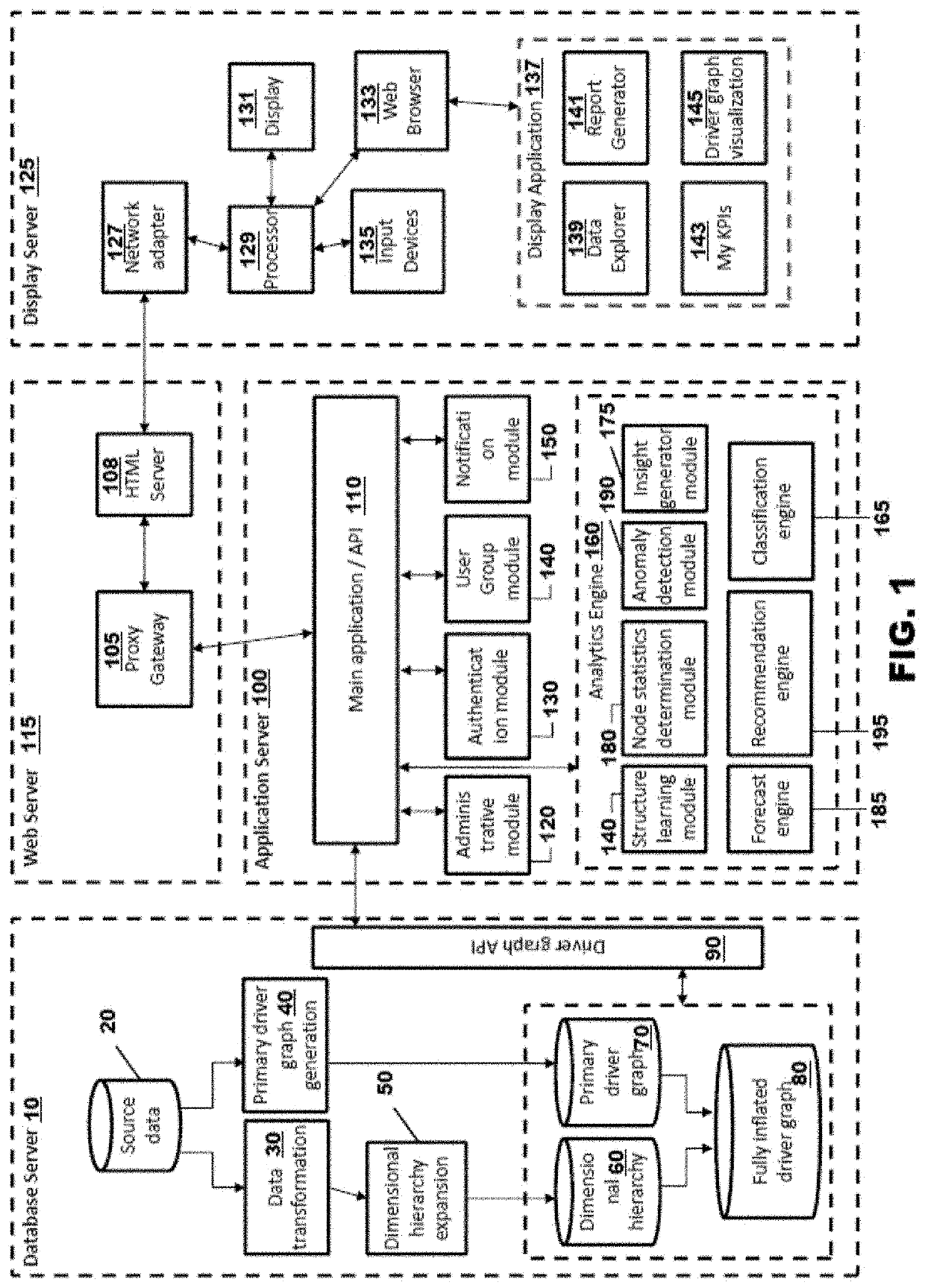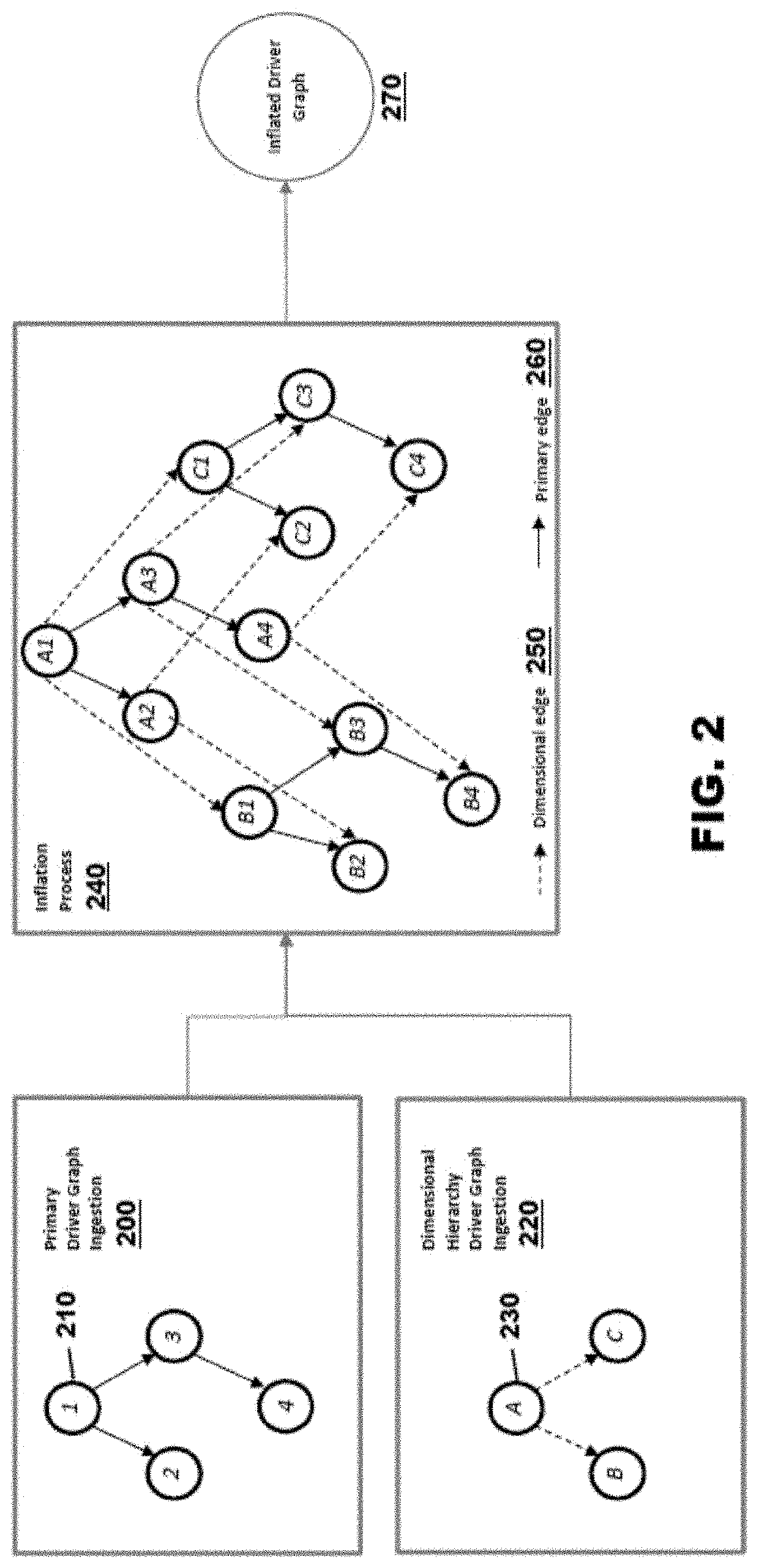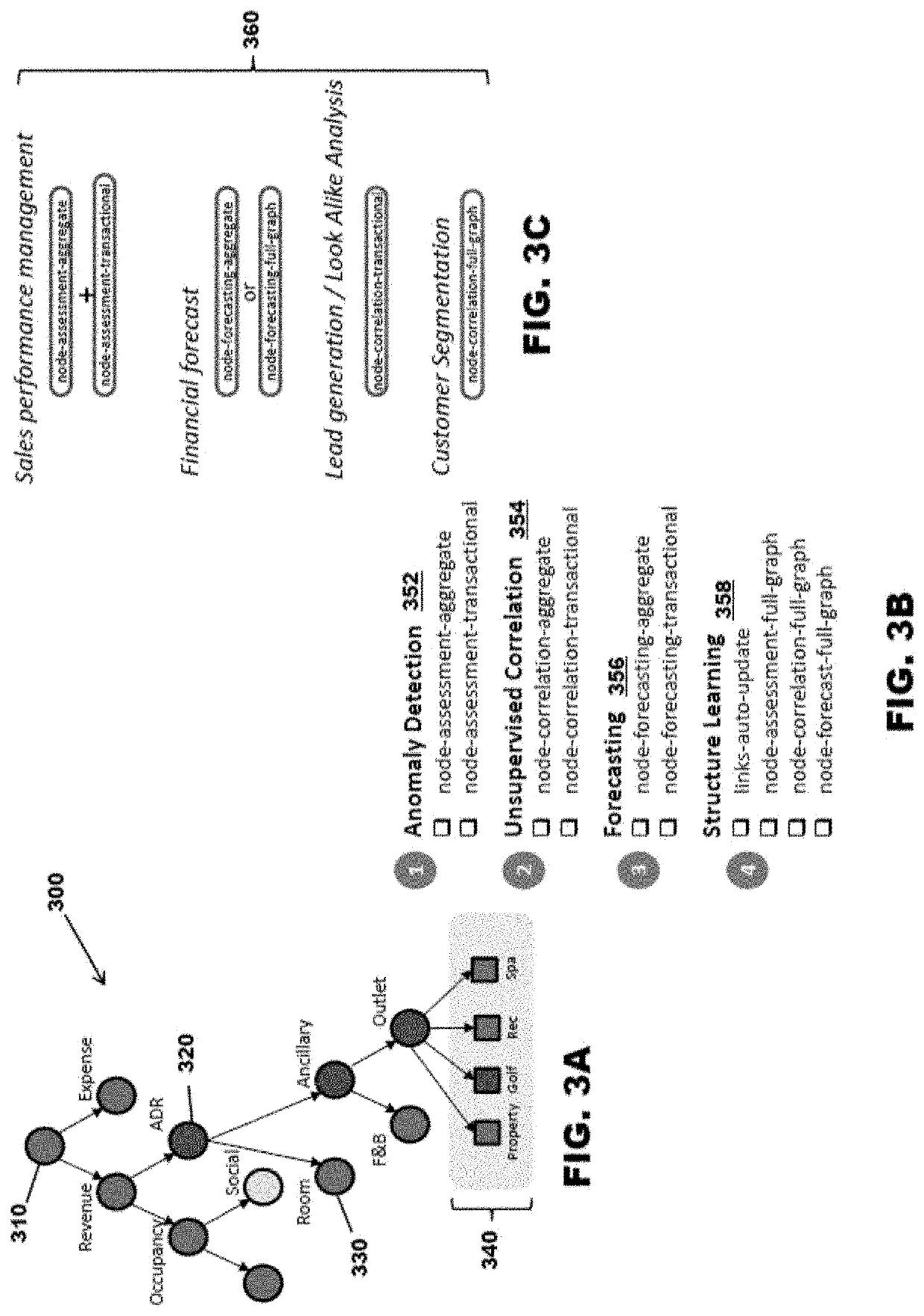Systems and methods for dynamic ingestion and inflation of data
a data system and data technology, applied in the field of systems and methods for receiving and analyzing data, can solve the problems of system intelligence or limited intelligence to perform analytical tasks, difficult, if not impossible, for individuals (or multiple individuals) to quickly retrieve and analyze, and achieve the effect of efficient and easy to understand
- Summary
- Abstract
- Description
- Claims
- Application Information
AI Technical Summary
Benefits of technology
Problems solved by technology
Method used
Image
Examples
Embodiment Construction
[0040]The present disclosure has significant benefits across a broad spectrum of applications and endeavors. It is the Applicant's intent that this specification, and the claims appended hereto, be accorded a breadth in keeping with the scope and spirit of the disclosure and various embodiments disclosed, despite what might appear to be limiting language imposed by specific examples disclosed in any one or several embodiments. To acquaint persons skilled in the pertinent arts most closely related to the present disclosure, preferred and / or exemplary embodiments are described in detail without attempting to describe all of the various forms and modifications in which the novel systems and methods might be embodied. As such, the embodiments described herein are illustrative, and as will become apparent to those skilled in the arts, may be modified in numerous ways within the spirit of the disclosure.
[0041]In embodiments, the systems and methods disclosed herein provide information to ...
PUM
 Login to View More
Login to View More Abstract
Description
Claims
Application Information
 Login to View More
Login to View More - R&D
- Intellectual Property
- Life Sciences
- Materials
- Tech Scout
- Unparalleled Data Quality
- Higher Quality Content
- 60% Fewer Hallucinations
Browse by: Latest US Patents, China's latest patents, Technical Efficacy Thesaurus, Application Domain, Technology Topic, Popular Technical Reports.
© 2025 PatSnap. All rights reserved.Legal|Privacy policy|Modern Slavery Act Transparency Statement|Sitemap|About US| Contact US: help@patsnap.com



